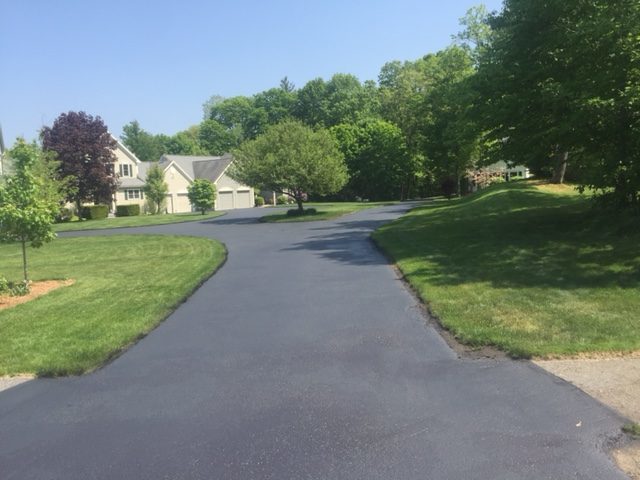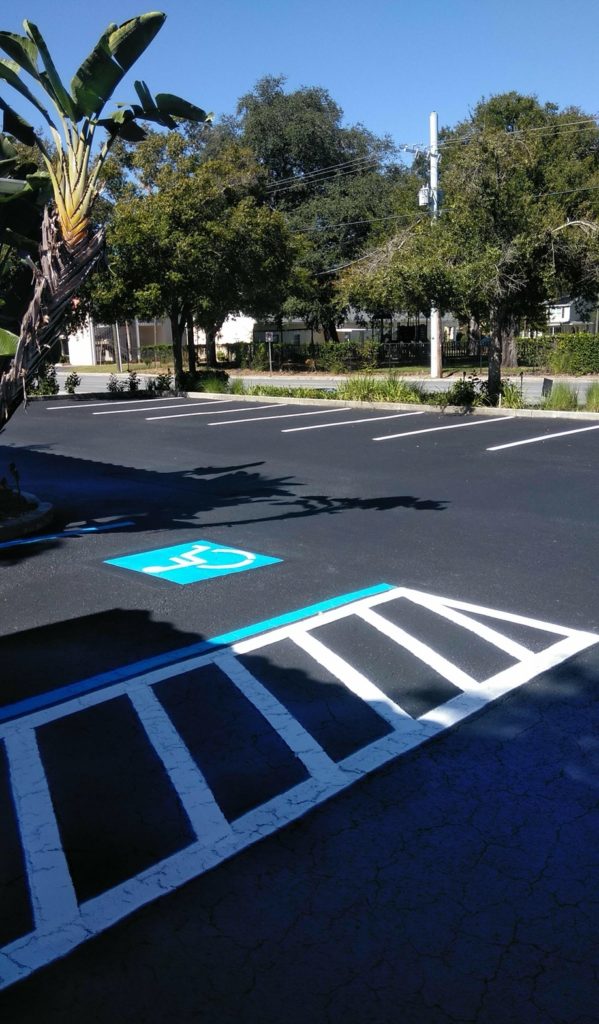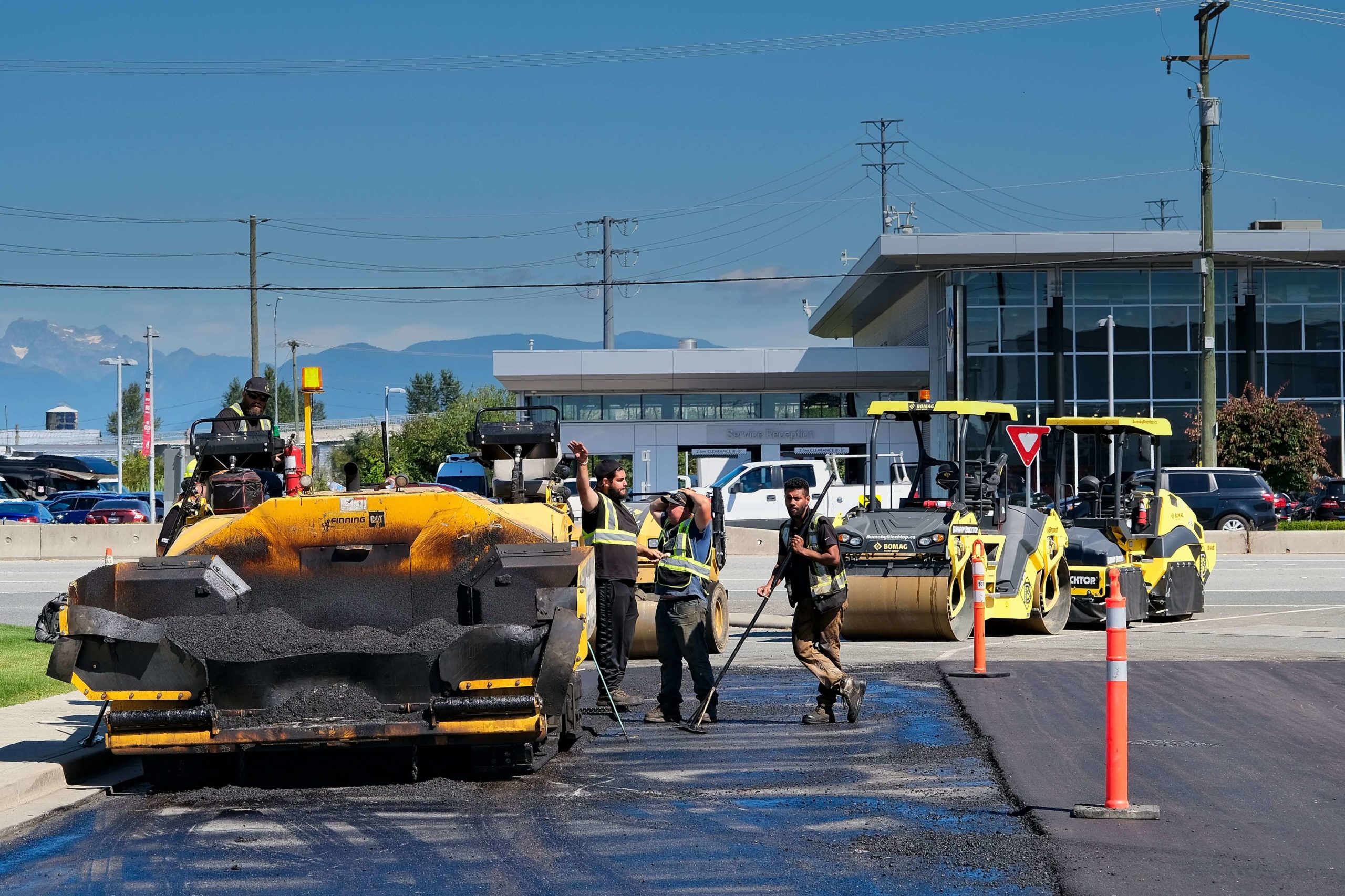Hot Mix Asphalt: A Lasting Option for Pavement
Hot Mix Asphalt (HMA) has actually arised as a leading lasting choice for sidewalk remedies, offering a myriad of ingenious innovations and ecological benefits. As the demand for eco-friendly construction techniques grows, discovering the nuances of HMA's sustainability can provide useful understandings into the future of pavement solutions.
Ecological Advantages of Warm Mix Asphalt

Moreover, Warm Mix Asphalt helps to mitigate city warm island effects. Its dark color soaks up sunshine, decreasing the amount of heat reflected back into the atmosphere compared to lighter-colored pavements. This can reduce ambient temperatures in city areas, reducing the demand for a/c and eventually minimizing power intake.
Additionally, Warm Mix Asphalt adds to boosted stormwater administration. Its porous nature allows water to penetrate the pavement and charge groundwater materials, minimizing drainage and the danger of flooding. These environmental benefits make Warm Mix Asphalt a lasting choice for leading roadways and highways.
Energy Efficiency in HMA Production
Is power efficiency a crucial factor in the manufacturing of Warm Mix Asphalt (HMA)? Power plays a significant function in the production of HMA, influencing both cost and ecological sustainability. One crucial element of energy effectiveness in HMA production is the usage of warm mix asphalt (WMA) innovations.
Moreover, advancements in plant innovations have caused more energy-efficient HMA production processes. Modern plants are made with functions like recycled asphalt pavement (RAP) processing capacities, effective burner systems, and improved insulation, all adding to energy savings. By maximizing energy use in HMA production, the industry can reduce its carbon footprint while maintaining premium pavement products. Energy effectiveness is, as a result, a crucial consideration in ensuring the sustainability of Hot Mix Asphalt manufacturing.
Recyclability of Warm Mix Asphalt
The recyclability of Warm Mix Asphalt (HMA) is a crucial aspect of its sustainability and long-lasting ecological impact. HMA is one of the most recycled materials in the United States, with over 100 million lots of redeemed asphalt pavement (RAP) being recycled yearly in new pavement building and construction. Recycling HMA provides numerous ecological advantages, such as lowering the need for virgin materials, lowering power consumption throughout production, and lowering the quantity of waste sent out to land fills.
The procedure of recycling HMA entails crushing the existing pavement, squashing it right into smaller sized pieces, and hot mix asphalt blending it with brand-new aggregate and asphalt binder to create a recycled mix. Generally, the recyclability of HMA plays a significant duty in advertising sustainable practices within the sidewalk industry.

Long-Term Efficiency of HMA
Asphalt sidewalks demonstrate sturdiness and durability over an extended period, reflecting the long-term efficiency of Hot Mix Asphalt (HMA) Furthermore, innovations in HMA modern technology, such as the usage of polymer-modified binders and cozy mix asphalt, have actually even more boosted the durability and durability of HMA pavements. By focusing on high quality building and maintenance techniques, HMA continues to prove itself as a sustainable and cost-efficient service for lasting pavement framework.

HMA: Resilience and Sustainability
Showing both sturdiness and sustainability, Hot Mix Asphalt (HMA) has actually ended up being a keystone in the building and construction of lasting sidewalk frameworks - angled parking. HMA's toughness originates from its capability to stand up to hefty loads, rough climate condition, and high website traffic quantities, making it a trusted selection for roadways, highways, and flight terminal paths. The make-up of HMA, which typically includes aggregates, binder, and filler, plays a vital duty in improving its durability and resistance to tear and put on
In addition, HMA's sustainability exists in its recyclability and energy-efficient production process. The capacity to reuse reclaimed asphalt sidewalk (RAP) in brand-new HMA blends minimizes the need for virgin materials and lessens the ecological influence of sidewalk building and construction and upkeep. In addition, the power performance of creating HMA lies in its reduced blending temperatures compared to various other sidewalk products, causing reduced energy usage and greenhouse gas exhausts.
Conclusion
In final thought, hot mix asphalt (HMA) uses a lasting service for pavement with its environmentally pleasant qualities. HMA's recyclability, power effectiveness in production, and long-term resilience make it an eco-friendly choice for road building and construction. By conserving natural sources, decreasing waste, and lowering greenhouse gas exhausts, HMA plays a critical function in promoting sustainability in infrastructure growth. Its capability to reduce urban warm island results additionally emphasizes its value in creating resistant and ecologically conscious sidewalk systems.
HMA is one of the most recycled materials in the United States, with over 100 million heaps of reclaimed asphalt sidewalk (RAP) being recycled every year in new pavement building.The procedure of recycling HMA involves grating the existing pavement, squashing it right into smaller sized pieces, and blending it with new aggregate and asphalt binder to develop a recycled mix.Asphalt pavements show toughness and durability over an extensive period, showing the long-term performance of Hot Mix Asphalt (HMA) Additionally, innovations in HMA technology, such as the usage of polymer-modified binders and cozy mix asphalt, have additionally boosted the resilience and durability of HMA sidewalks. The ability to recycle reclaimed asphalt pavement (RAP) in brand-new HMA combinations reduces the demand for virgin materials and lessens the ecological impact of pavement construction and maintenance.